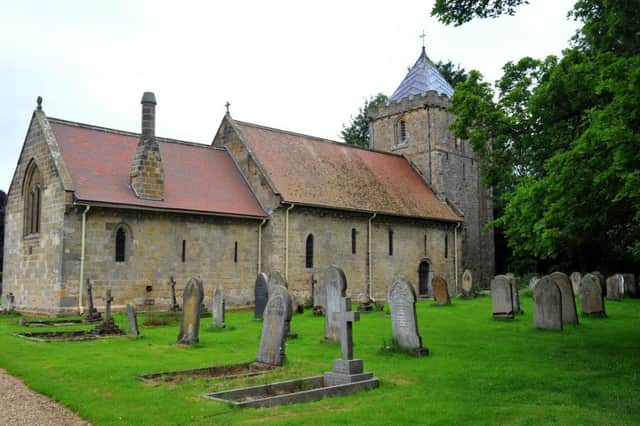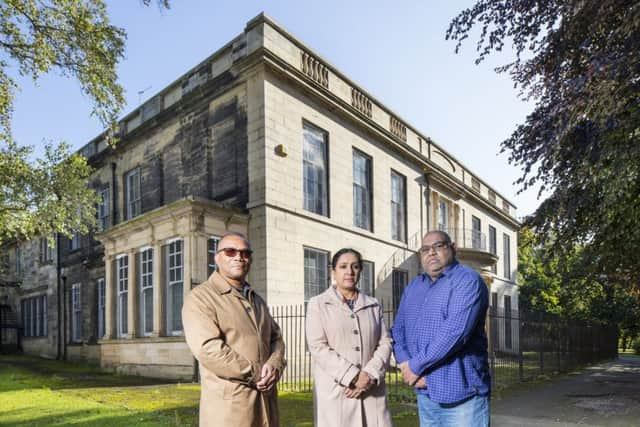Norman church in Yorkshire that survived the Scots is saved for a second time


But the crisis it has faced down in the current decade has been even more existential.
With no major maintenance work having been carried out since 1881, Historic England, the public body charged with caring for the country’s past, declared it at risk of being lost forever.
Advertisement
Hide AdAdvertisement
Hide AdHowever, the injection of £130,000 of lottery money has seen it made safe for the next century, and today it finds itself on a list of 13 Yorkshire churches removed from the Government’s “heritage at risk” register.


Some 52 sites across the region – ranging from moorland archaeological digs to industrial settlements – are designated as “saved” in the annual audit. They include the 19th century Potternewton Mansion in Leeds, built as a country house for a wool merchant, but since 2006 used as a Sikh temple.
At the same time, 12 new sites – including the area around the Grand Theatre in Leeds city centre – are newly designated as “threatened”.
An 18th century barn at Rathmell, near Settle, whose roof includes carved witches’ marks known as daisy-wheels, has also been added to the list.
Advertisement
Hide AdAdvertisement
Hide Ad“The bricks and stones of our historic places tell our stories and define where we live. But they need our constant care or they can become eyesores or even be lost altogether,” said John Paul Walker, at Historic England.
At the church in Salton, some of whose stonework is still stained pink by the fire of centuries ago, there was the feeling of salvation having come just in time – the funding secured shortly the Heritage Lottery Fund removed the ring-fencing it had placed around grants for places of worship.
The building, a rare example of a complete Norman church, had needed work to the north slope of the chancel roof, the tower, spire and its drainage arrangements.
“The main thing was the drainage, strangely enough, because there are streams running underneath,” said the church warden, Jill Hopkins. “Sometimes it got so bad that when you had a burial, you had to put wood at the bottom of the grave to stop the coffin from floating.”
Advertisement
Hide AdAdvertisement
Hide AdSix miles away, at Middleton, near Pickering, the Church of St Andrew, whose origins can be traced back 1,000 years and which houses a collection of rare and unusual Viking crosses, has also been saved.
In Potternewton, the converted mansion stood as “a real barometer of the changing face of that part of Leeds”, said Hugh Thompson, a consultant who advised the owners on its restoration.
“It’s in Chapeltown, a place on the hill, overlooking the fog of the city, where people moved when they had made a bit of money,” he said.
Set in parkland, the building was for decades a council-run home for disabled children, before falling into disrepair and being rescued by its present owners for worship.
Advertisement
Hide AdAdvertisement
Hide AdThis year’s report highlights the so-called Grand Quarter of Leeds, home to the Grand Theatre and the national opera company, Opera North, but also to empty shops that are said to have left it “looking down at heel”. It was designated a conservation area two years ago, in recognition of its “special architectural and historic interest”.
In a plan for the area published in 2017, Leeds City Council recognised that the Grand Quarter had “scope for significant enhancement”.